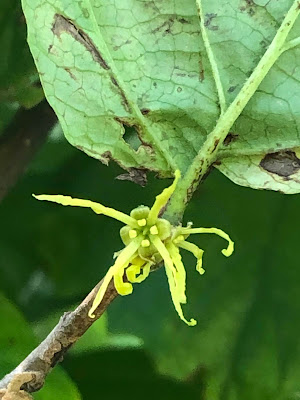Dummerston Conservation Commission announces its first
in-person event of 2022.
On Thursday, January 6th, at 7 p.m., John Anderson
will give a talk about the 48 year history of the Putney Mountain Hawkwatch,
culminating with an overview of the watchers’ record breaking 2021 season when
18,649 raptors were tallied.
John is a naturalist, roaming every nook and cranny of Dummerston
and beyond. He has identified 800
flowering plants in Dummerston alone!!!!!
John is
also the author of numerous articles on natural history.
The presentation will be held at the West Dummerston Community Center. Masking and proof of vaccination is required. Seating is on a first come basis and will be limited due to social distancing needs.




















































